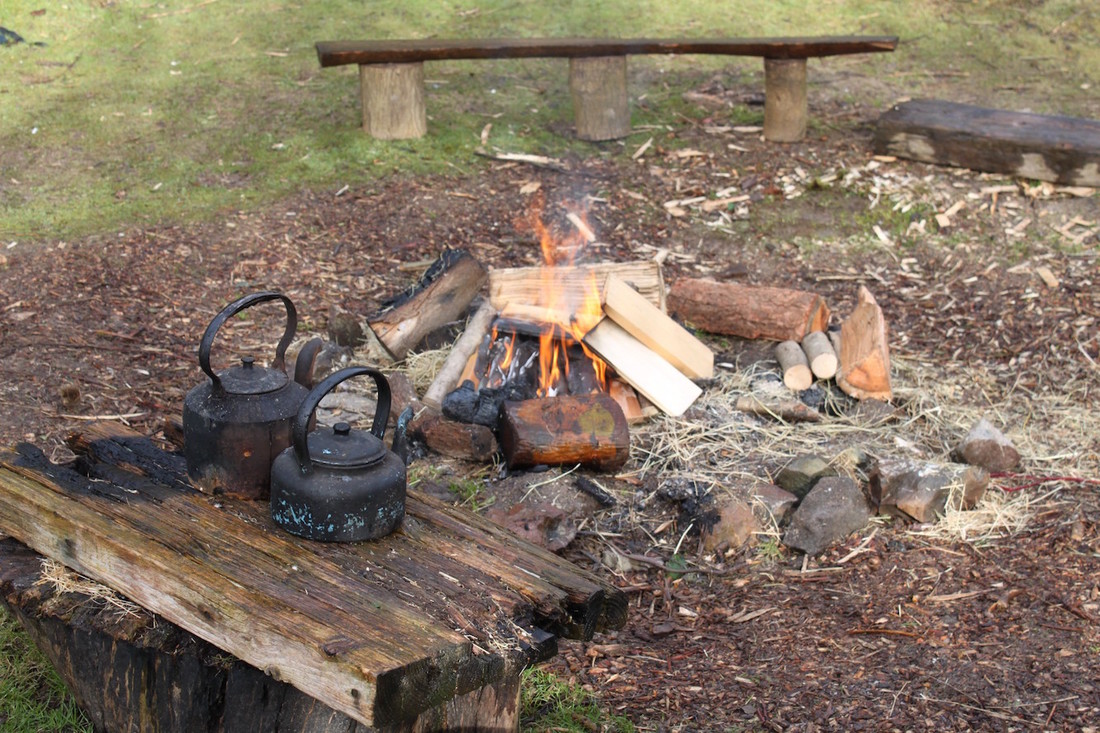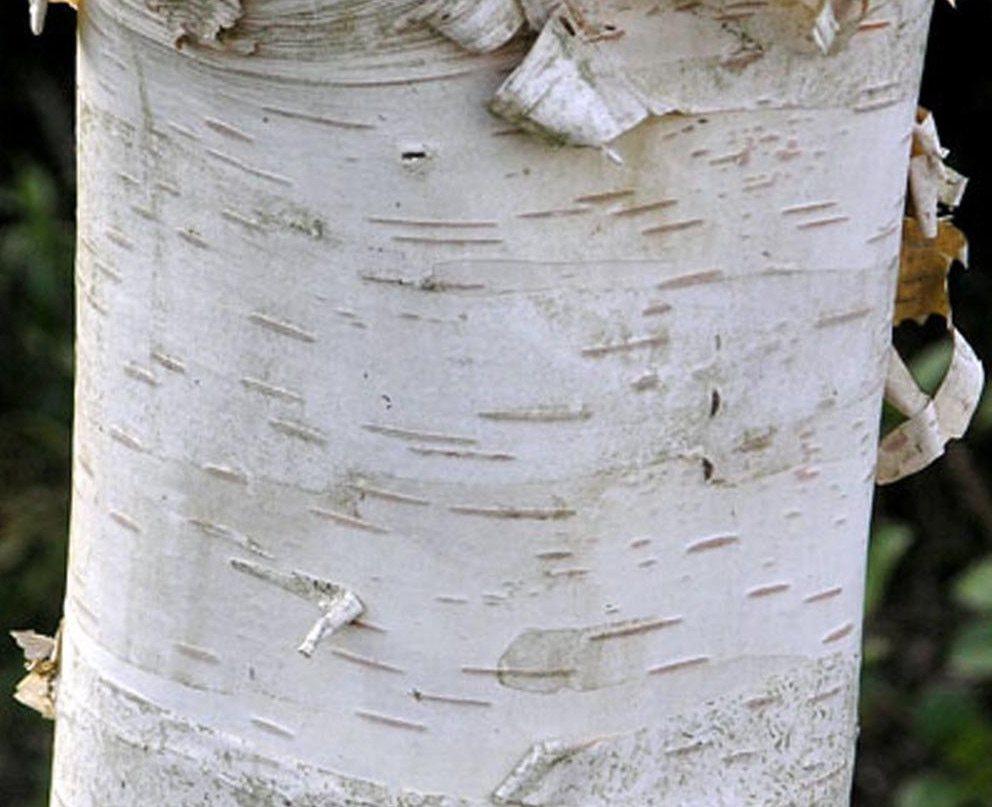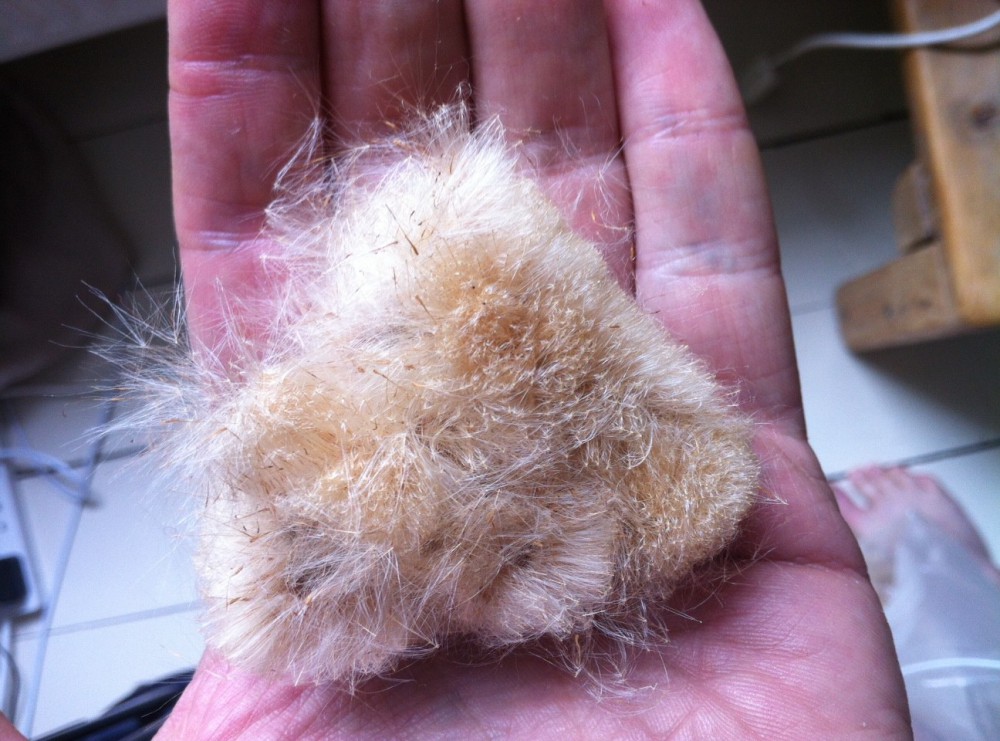|
Making fire is an essential camp and survival skill. It's something we often teach as part of our outdoor team building and away day programmes. When you're out in the wilderness, being able to make fire - along with making a shelter, drinking water, and finding food - is a key survival skill. Even if you're just out camping in the woods for the weekend, you need to eat, and you might want to boil water, keep warm and tell stories round something. But do you have the skills and the know-how to make a fire? Did you bring what you need to make it? Matches can get wet or run out. A lighter needs fuel and can be hard to use if it's windy. A fire steel or a fire striker are both good options. Then you'll need to gather dry wood, kindling to get it started, and tinder that'll catch an ember and help get your fire started. Chances are that there are natural tinders and ignition extenders within sight that'll help you light a fire. Have a look around at what's growing nearby. Dry, fluffy material - dead thistle heads, old man's beard, dried animal poo, cedar bark, dry grass - can all make good tinder. Here's the lowdown on some of my favourites: 1. Silver Birch Bark Silver birch trees are native to the UK, grow well all over and thrive in dry woodlands, downs and heaths. The bark is a whitish colour and sheds layers like tissue paper. One of nature’s best firelighters, its light, thin bark contains volatile oils that means the bark will take a spark well, even when wet. Thin strips of silver birch bark will help your tinder to catch fire - a small handful should be enough. If you need more, peel several thin strips off a nearby tree - they should come off easily. To keep the tree healthy, try not to peel all the way round. The bark from Silver birch comes off easily and is a great fire starter 2. Reed Mace Sometimes erroneously called Bulrush, the fluffy down from a mature reed mace seed head is great for catching sparks. Reed Mace tends to catch fire and burn out very quickly, so mix some with silver birch bark - the reed mace goes up easily, and is enough to get the bark going. Or make sure you've got some very good, fine kindling on your reed mace fluff bundle. Keep reed mace out of the wind to stop it blowing away! Reed mace is very fluffy, makes a great tinder 3. King Alfred's Cakes This fungus is one of the best natural tinders, King Alfred’s Cakes - DALDINIA CONCENTRICA - are also called Coal fungus and Cramp balls. They can be found growing on dead Ash branches. Make sure the fungus is dry and cut one open to expose the concentric rings inside. Drop a spark from your fire steel onto its inside surface. You’ll see a small orange glow appear. Blow gently and the glow will spread. Once lit they get very hot and are quite hard to extinguish - they'll smoulder for a long time. King Alfred's Cakes can smoulder for hours 4. Amadou Amadou is the soft, suede-like, layer found inside most bracket fungi, such as Horse Shoe fungus (Polyporus fomentarius), which can be found growing on native trees. Amadou is the bit just below the outer skin and above the pores. It takes a lot more preparation than King Alfred's Cakes though - you have to cut away the tough outer layer and then slice away the amadou and leave it to dry. Ideally it is then pounded flat, and boiled or soaked in a solution of potassium nitrate (saltpetre). Good for catching a spark, it'll smoulder away and is good as a portable fire lighter. 5. Natural Kapok Kapok is cotton-like fluffy fibre that comes from the seed pods of the tropical kapok tree. The fibre is light, very buoyant, resilient, resistant to water, and it is very highly flammable. It's used to fill mattresses, pillows and stuffed toys. If you've got some, take a small pinch, fluff it up and add it into your tinder bundle with silver birch bark to help the tinder catch fire. Kapok is highly flammable 6. Cotton Wool Balls Okay, not exactly natural tinder but Cotton wool balls are good fire starters and catch fire easily. The slightest spark will ignite them, though they don't burn for long on their own. Fluff them up a little for best results, and use with silver birch bark and other tinders and kindling. Something else you might need: Char Cloth Char cloth is fabric, typically linen or cotton, that has been charred in the fire, it can be ignited by a single spark that can in turn be used to ignite a tinder bundle to start a fire. Charcloth ignites with even the smallest spark, and for that reason is often used with a flint and steel kit. It is often made by putting cloth into an almost airtight tin with a small hole in it, and cooking it in campfire coals until the smoking slows and the cloth is properly charred. Which tinders work best for you? Let us know in the comments below. At School of the Wild, we bring leaders and teams outside to help them reconnect and think differently, so that they are inspired to change the way they work. We incorporate activities like making fire without matches as part of creating space for meaningful conversations. Have a look at our outdoor programmes for teams or get in touch for more info.
Comments are closed.
|
Author & CuratorNigel Berman is the founder of School of the Wild. Archives
March 2024
|
Leaders |
About Us
Support |
|





 RSS Feed
RSS Feed



